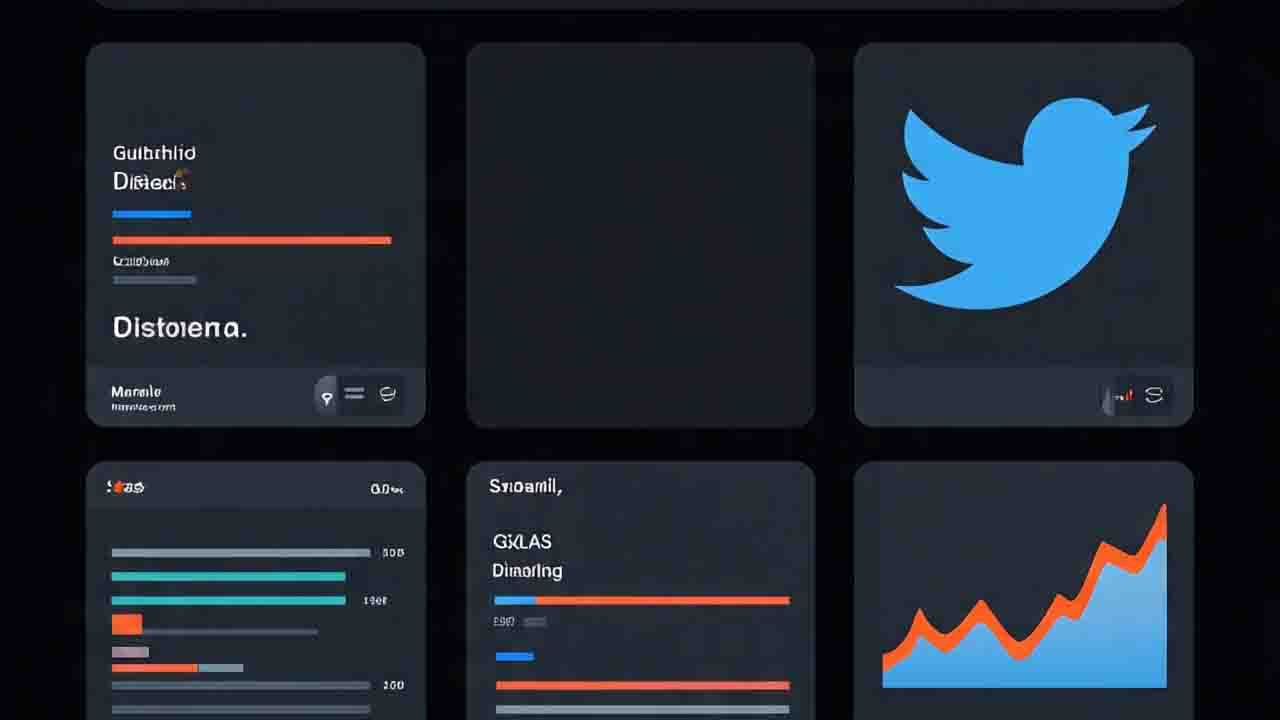
Fastcreasite – As the digital landscape continues to evolve, New Web Standard practices are emerging pushing developers and designers to rethink how websites look and feel. One of the most prominent trends today is the adoption of dark mode and context-aware interfaces as default features. No longer just aesthetic preferences, these features are quickly becoming expected norms in modern web design, enhancing both usability and user well-being.
Dark mode has transitioned from a novelty into a necessity. As part of the New Web Standard, dark-themed interfaces are now integrated by default in many websites and apps. This shift isn’t just about sleek visuals it directly addresses real user needs.
By reducing glare and blue light exposure, dark mode significantly cuts down on eye strain during prolonged screen time, particularly in low-light environments. Moreover, it supports energy efficiency, especially for OLED and AMOLED screens, making it a practical choice for mobile-first design strategies. Platforms like YouTube, Twitter (X), and GitHub were among the early adopters, but now it’s becoming a baseline expectation across industries.
“Cockpit to Cosmos: Shubhanshu Shukla Makes Space History”
Equally vital to the New Web Standard is the evolution of context-aware user interfaces systems that intelligently adjust based on user behavior, device, time, and even location. These adaptive UIs can automatically switch between light and dark themes depending on the time of day or user preferences, and optimize layouts for desktop, tablet, or smartphone views without manual toggling.
In this responsive design ecosystem, personalization is king. Adaptive systems offer frictionless experiences by removing the need for user input in adjusting settings. Google, Apple, and numerous SaaS platforms are investing heavily in these smart UI systems. Aligning with accessibility goals and increasing user satisfaction.
Embracing the New Web Standard means more than simply checking boxes for accessibility or mobile responsiveness. It demands forward-thinking design with real human experience at the core. For developers, this requires integrating theme toggles, using CSS prefers-color-scheme media queries, and leveraging device APIs to tailor UI behavior.
For brands, adopting dark mode and adaptive UI isn’t just trendy it’s a trust signal. It shows users that the brand cares about comfort, context, and cutting-edge experience. As more users expect seamless interaction, businesses that fail to follow this new standard risk falling behind.
“Smart Mattresses and Pillows with Built-In Health Sensors”
[SITE_NAME] highlights how essential cybersecurity tools for modern web projects protect applications from fast-evolving digital threats in 2025. Why Essential…
[SITE_NAME] highlights new findings from eye tracking website header research showing users often ignore prominent header elements on modern sites.…
[SITE_NAME] highlights new website header blindness insights from eye-tracking studies that show users often skip top-page areas and focus directly…
FastCreaSite - Voice Commerce has accelerated into mainstream adoption as more users rely on voice-enabled devices to complete everyday tasks,…
FastCreaSite - The rapid expansion of online platforms has forced companies to reevaluate how they structure and distribute content. As…
Digital Tools & Resources - The modern workplace is no longer confined to a physical office. Teams today operate across…